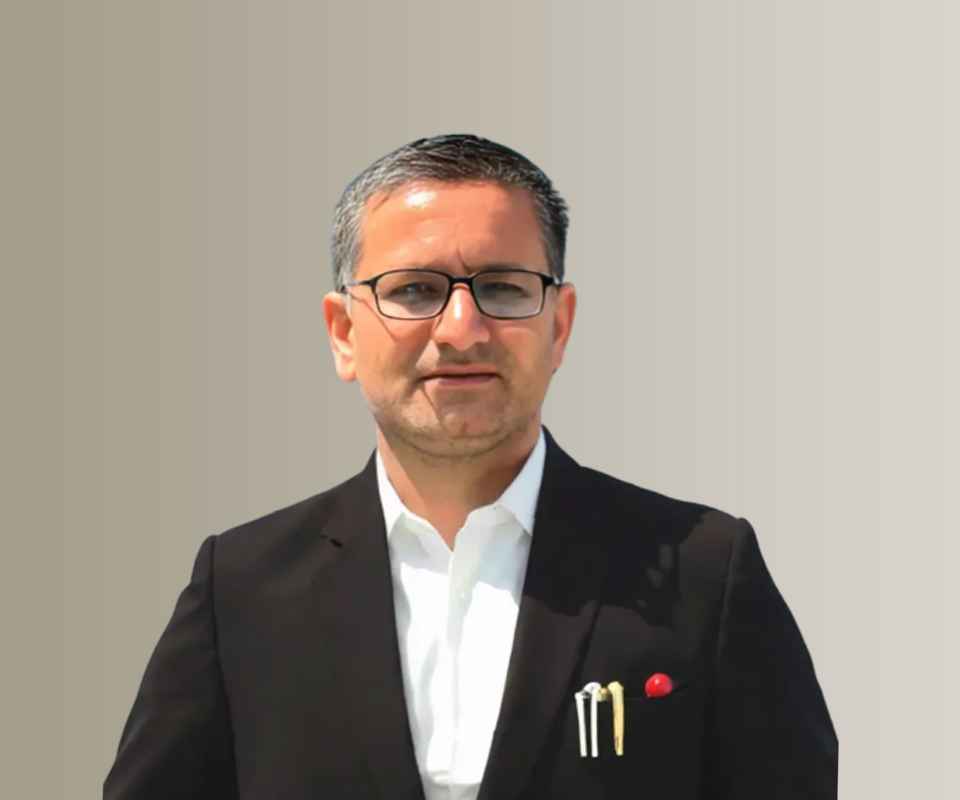Answer By law4u team
The maximum duration for which maintenance can be claimed depends on the specific circumstances of the case and the legal provisions under which the claim is made. In India, the duration of maintenance can vary widely based on factors like the nature of the relationship (marriage or live-in), the financial status of the parties, and the specifics of the law under which the claim is made.
1. Maintenance Under Section 125 of CrPC (Criminal Procedure Code):
Duration: Section 125 of the CrPC provides for interim maintenance during the pendency of a case and permanent maintenance after the case is decided. There is no specific time limit for claiming maintenance under this section, as long as the wife (or children/parents) are unable to support themselves.
Post-Divorce Maintenance: Maintenance under Section 125 can be claimed indefinitely, but the claim may be modified or terminated if the claimant remarries or becomes financially independent. For instance, if a woman remarries or starts earning a substantial income, the maintenance obligation may be reviewed and reduced or stopped.
2. Maintenance Under the Hindu Marriage Act (1955):
Interim Maintenance (Section 24): This provision allows for maintenance during the pendency of divorce proceedings. There is no fixed duration for interim maintenance, but it lasts until the final decree of divorce or judicial separation is passed.
Permanent Maintenance (Section 25): Under this section, maintenance can be awarded permanently to the wife or children, depending on the circumstances. The court determines the amount of maintenance based on the husband's income, wife’s needs, and other factors. However, this is subject to revision if the circumstances of either party change (e.g., the wife’s financial position improves).
Duration: Maintenance under Section 25 is typically permanent, but the court can modify or terminate the maintenance if the wife remarries or becomes financially self-sufficient.
3. Maintenance Under the Domestic Violence Act (2005):
Interim Maintenance: Under the Protection of Women from Domestic Violence Act, a woman can seek interim maintenance from her husband while the case is pending. This maintenance continues until the court issues a final order.
Final Maintenance: The duration of final maintenance under this Act can be long-term and is awarded based on the woman’s financial needs. There is no fixed maximum duration, but it can be discontinued if the woman remarries or her financial circumstances improve significantly.
4. Maintenance After Divorce:
Post-Divorce Maintenance: In the case of a divorce, a woman can claim permanent alimony or maintenance under Section 25 of the Hindu Marriage Act, which could be for a lifetime or until the woman remarries or becomes financially independent. The maintenance is usually determined on the basis of the standard of living the wife enjoyed during the marriage, the husband’s financial capability, and the wife’s needs.
Modification and Termination: If the wife starts earning or remarries, the maintenance can be reduced or stopped. If the husband's financial situation changes (e.g., he loses his job or experiences a significant decrease in income), the maintenance amount can also be modified.
5. Maintenance in Special Cases:
- Live-In Relationships: If a woman is in a live-in relationship, she can claim maintenance under the Domestic Violence Act. The duration of maintenance can be decided by the court, depending on the nature of the relationship and the financial need of the woman.
- Maintenance for Children: In cases where children are involved, maintenance is generally awarded until the child reaches adulthood (18 years old), or until the child becomes self-sufficient. The court can extend this period if the child is studying or has a disability.
Key Factors Influencing Duration of Maintenance:
- Remarriage: If the wife remarries, her right to claim maintenance generally terminates. However, if the wife’s remarriage does not lead to financial support, she might still claim maintenance under certain conditions (especially if the remarriage is in a situation of dependency or the remarriage is not legally recognized).
- Financial Independence: If the wife becomes financially independent or her income is substantial enough to support herself, the court may modify or terminate maintenance payments.
- Children’s Welfare: Maintenance for children continues until they reach adulthood or become financially independent.
Example:
- Case 1: A wife receives permanent maintenance under Section 25 of the Hindu Marriage Act after a divorce. The maintenance continues for her lifetime unless she remarries or becomes self-supporting. In this case, there is no fixed duration for the maintenance, and it can continue indefinitely.
- Case 2: A woman files for maintenance under Section 125 of the CrPC. The court grants her interim maintenance until the final divorce decree is passed. After the divorce, she may continue receiving maintenance until her financial position improves, or if she remarries, the maintenance obligation may cease.
Conclusion:
The maximum duration for claiming maintenance in India is not fixed and depends on the specific circumstances of the case. Maintenance can be awarded for a limited period (e.g., interim maintenance during divorce proceedings) or for an indefinite period (e.g., permanent maintenance post-divorce). The duration can be modified or terminated if the circumstances of the parties change, such as remarriage, financial independence, or a change in the financial capacity of the husband. Courts always aim to ensure that the maintenance award is fair and just, taking into account the financial needs and circumstances of both parties involved.







